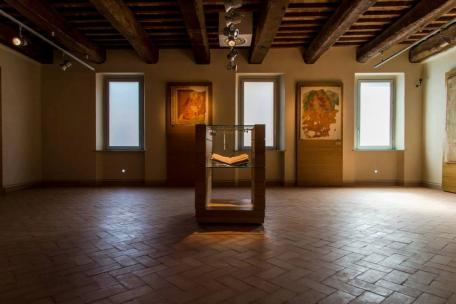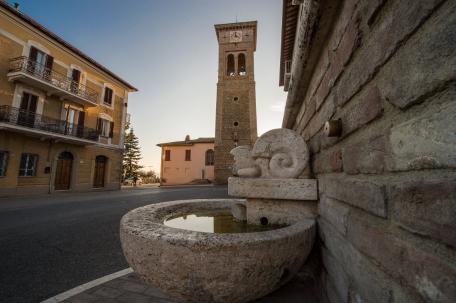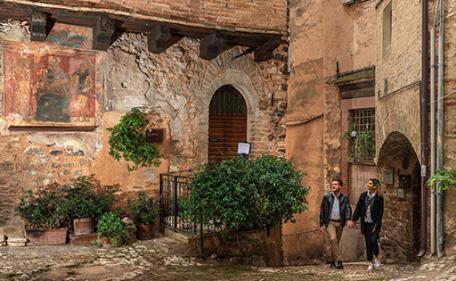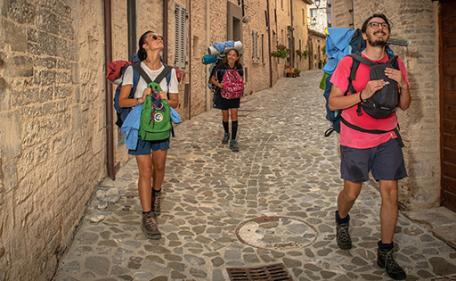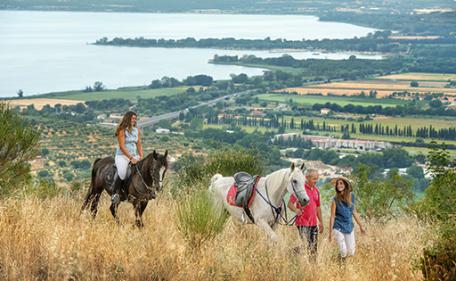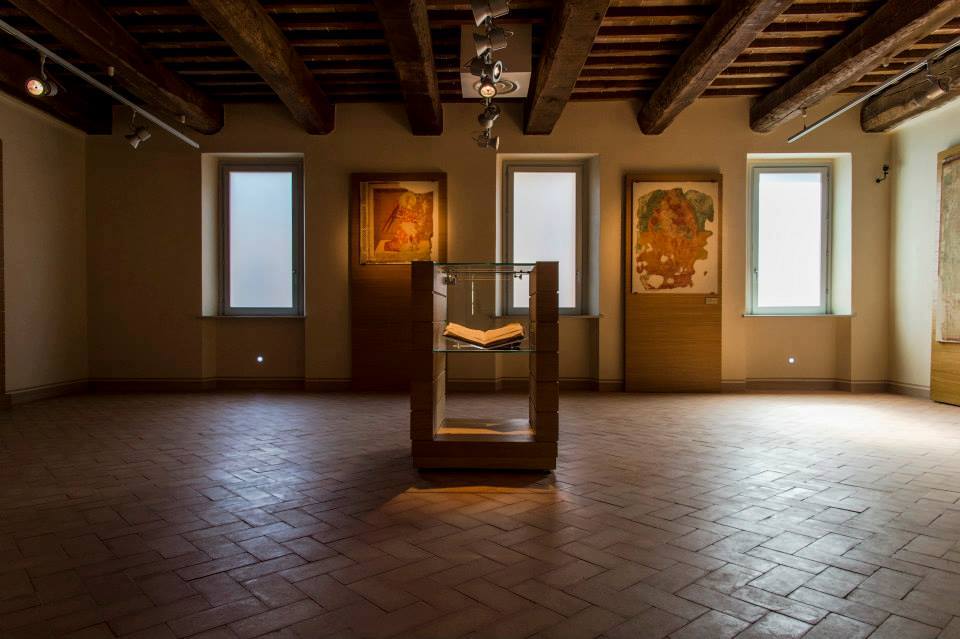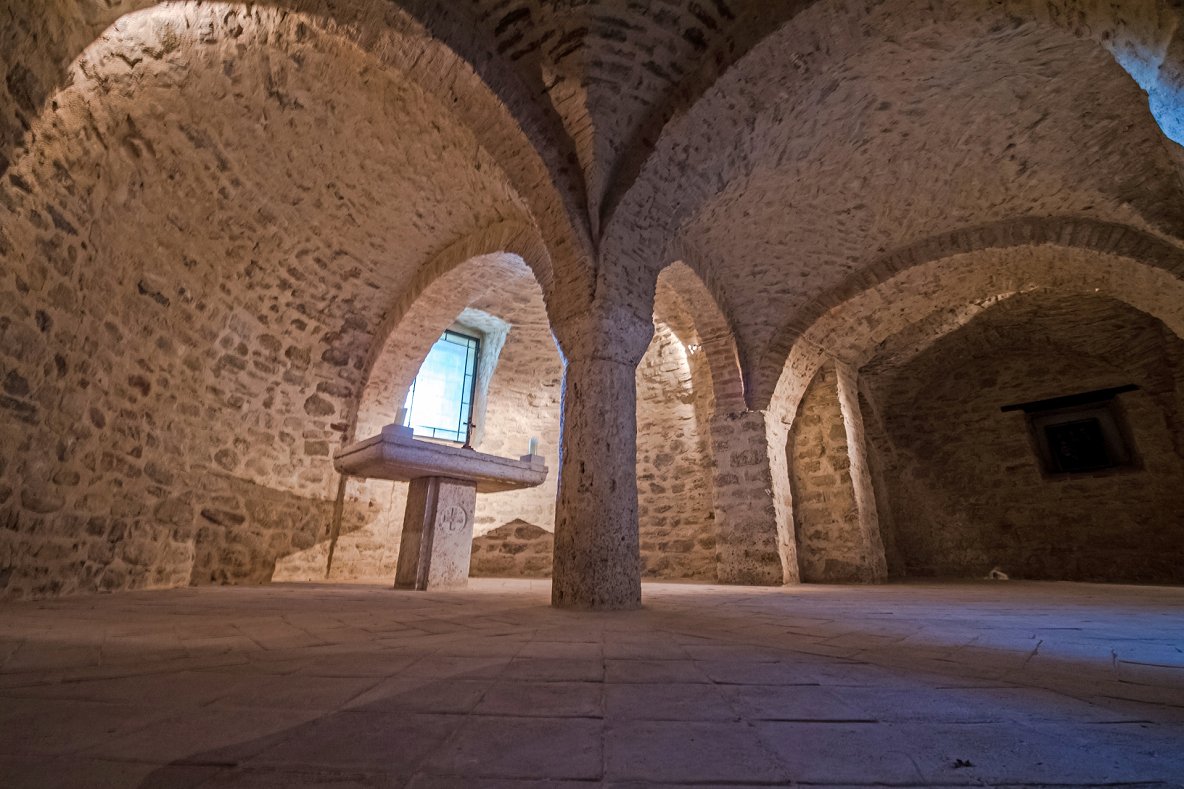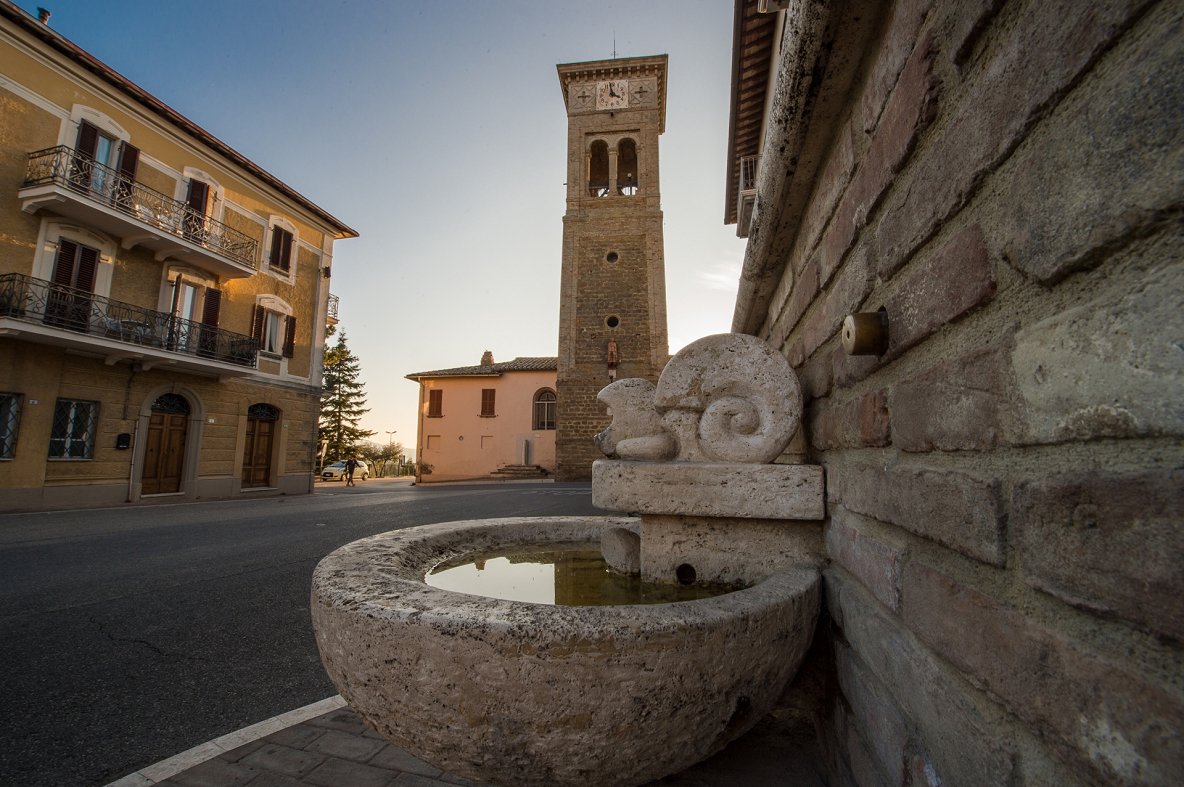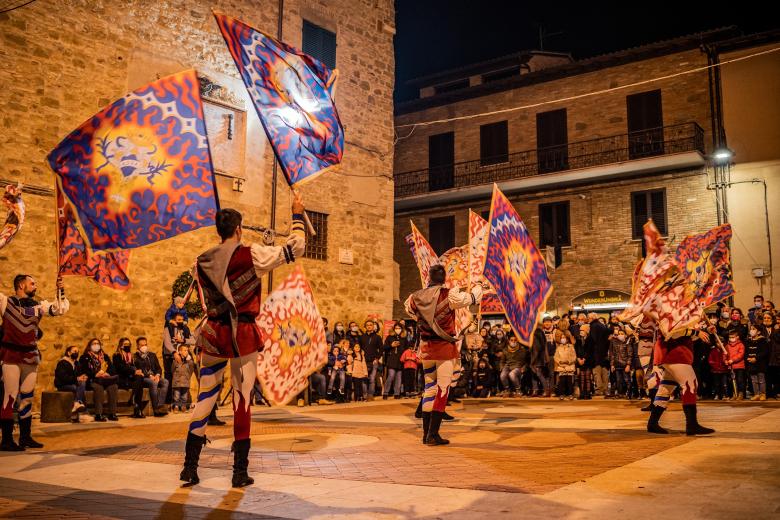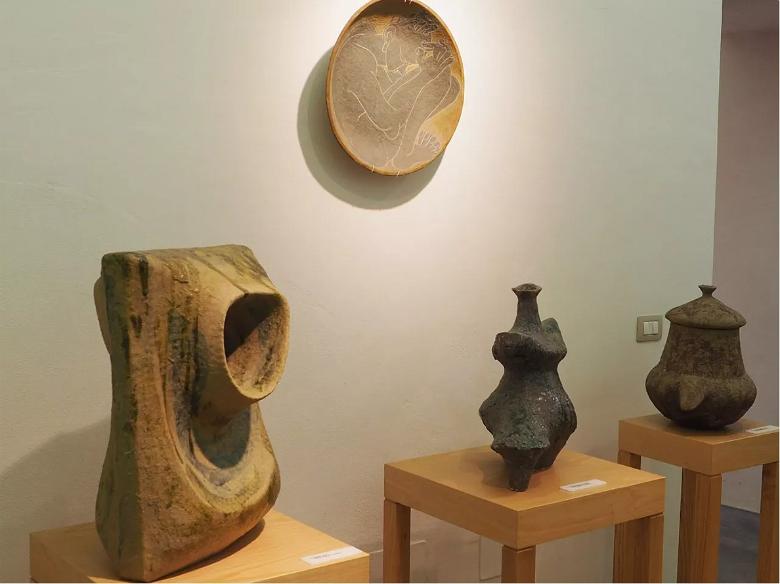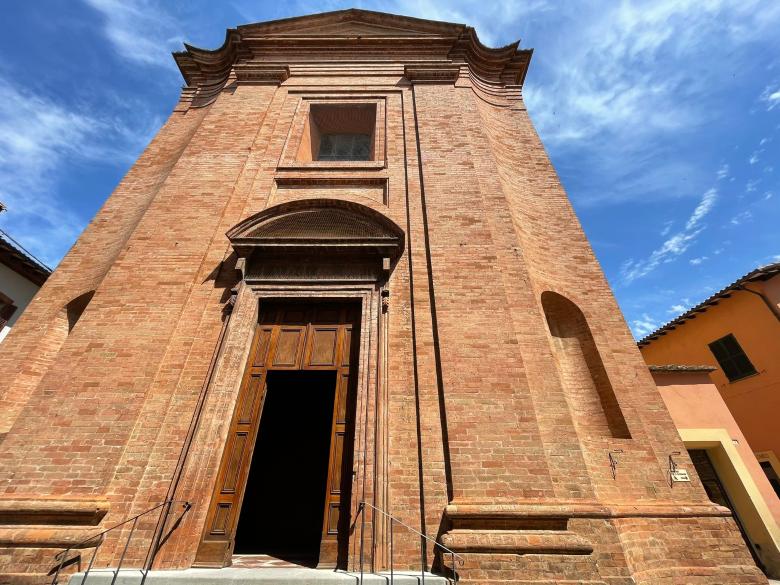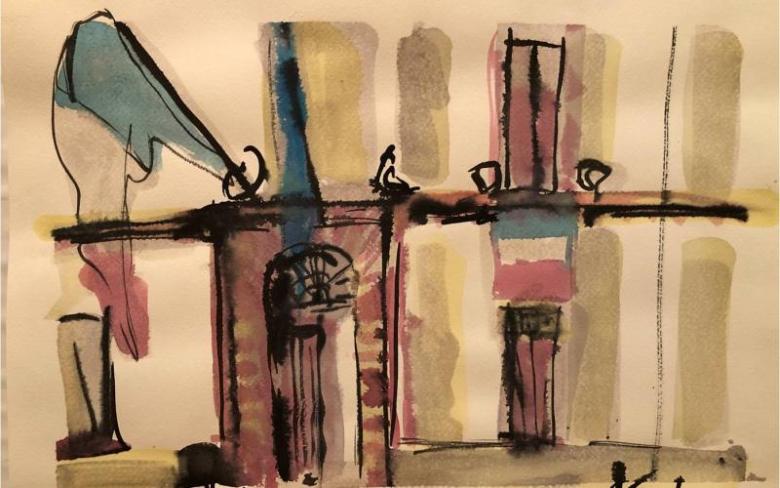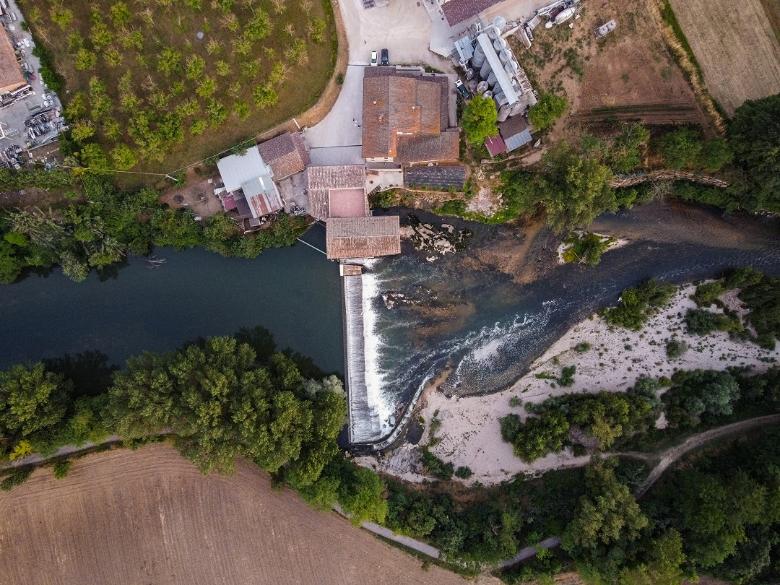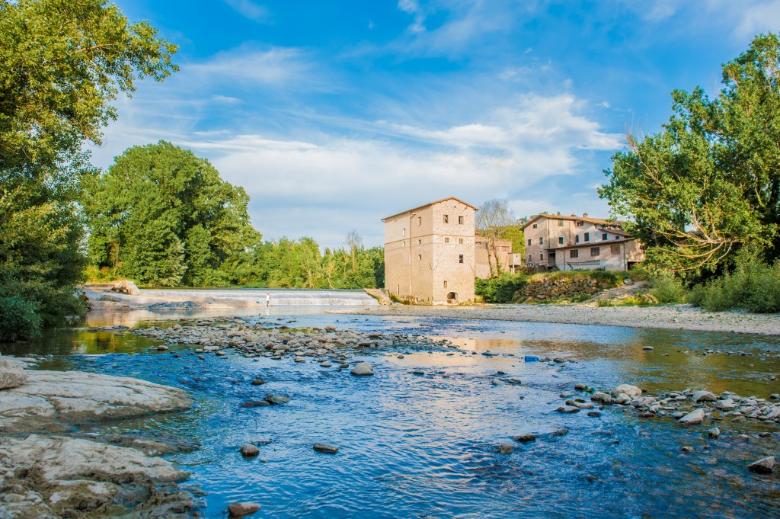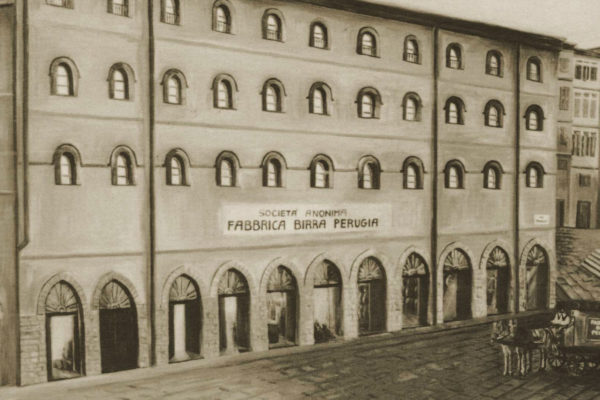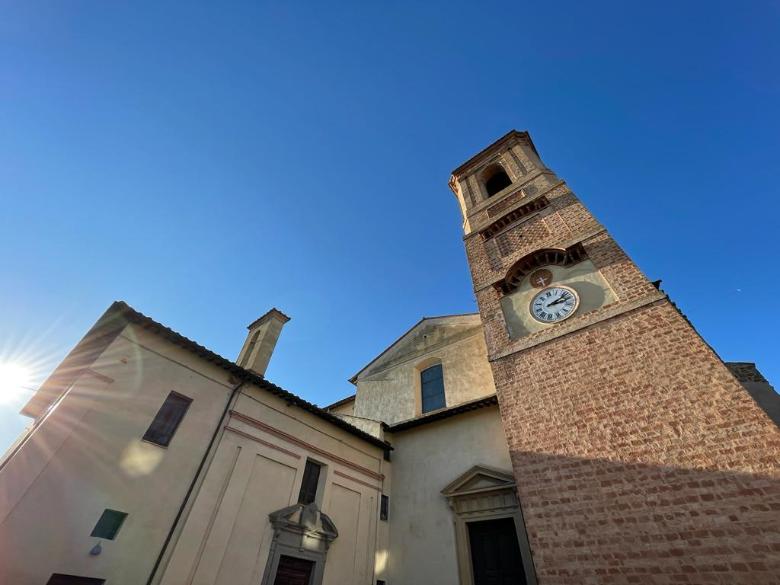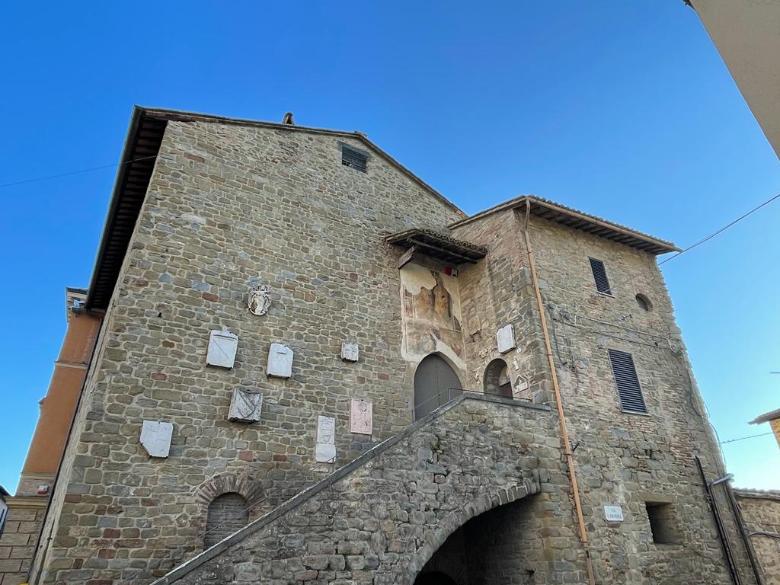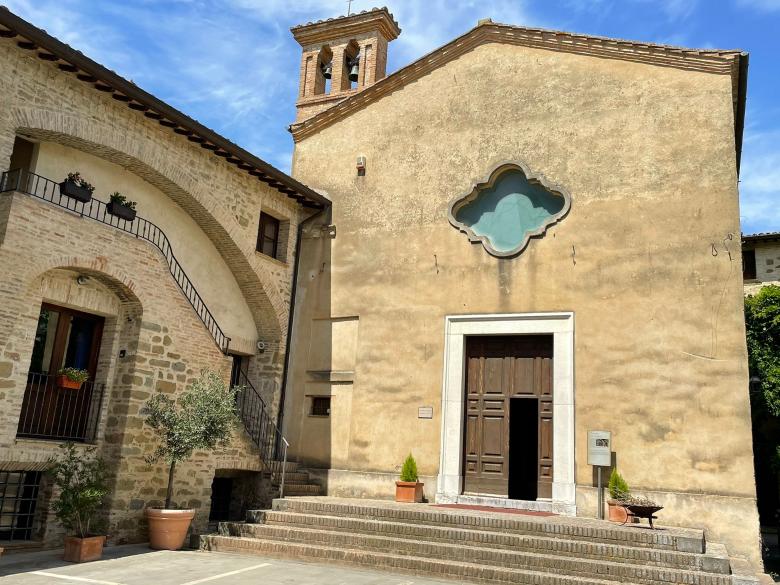Palazzo Graziani Baglioni - Torgiano
Corso Vittorio Emanuele II, 31
Situato all'angolo tra il corso principale - l'Antica Via di Mezzo - e Piazza Baglioni, Palazzo Graziani, poi Graziani-Baglioni, è un bell'esempio di casa agricolo-gentilizia di questa particolare zona dell'Umbria.
In origine fu residenza estiva della famiglia perugina dei Graziani, erede insieme agli Ansidei e ai Baglioni della signoria di Rosciano; a seguito del matrimonio di Anna, ultima discendente della famiglia Graziani, con il conte Pietro Baglioni, nel 1774, il Palazzo acquisì il doppio appellativo.
La sobria struttura, che risale alla fine del XVII secolo e ingloba al suo interno i resti di edificazioni più antiche, è articolata in tre piani; all'ingresso è ubicata una lapide di terracotta con inciso l'anno 1694, forse a memoria della fine dei lavori di costruzione.
La facciata principale volge verso Corso Vittorio Emanuele II, sul quale si aprono sia il portone principale, che dà accesso alla scalinata attraverso cui si raggiunge la parte residenziale dell'edificio, che il portone secondario; quest'ultimo costituiva l'ingresso alla parte agricola dell'edificio, con locali un tempo adibiti all'amministrazione della proprietà terriera, alle attrezzature per la lavorazione delle derrate agricole e all'immagazzinamento dei prodotti. Oggi da questo ingresso si accede al Museo del Vino, un museo privato nato nel 1974 per volontà e impegno di Giorgio e Maria Grazia Lungarotti.
Un altro lato del palazzo si affaccia su un bel giardino, delimitato dal seicentesco muro di cinta e da quelle che un tempo erano le scuderie. All'esterno, in una nicchia, si può ammirare l'affresco di Mario Madiai (Siena, 1944), Resurrezione del 1998, uno dei segni contemporanei presenti in città.
Di fronte all'ingresso principale del palazzo vi è un altro giardino, inquadrato da una settecentesca ed elegante architettura in cotto e chiuso da un cancello di ferro sovrastato dallo stemma della gentilizia famiglia Graziani.
Il Palazzo è di proprietà della Fondazione Vittoria Baglioni, ma una porzione dello stesso è stata affidata, dopo il recente restauro, in concessione al Comune di Torgiano, che vi ha allestito delle sale espositive utilizzate per esposizioni d’arte temporanee.
